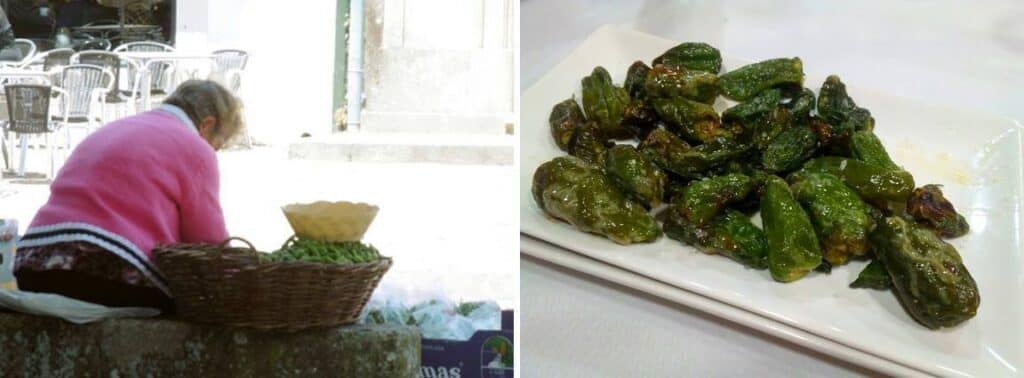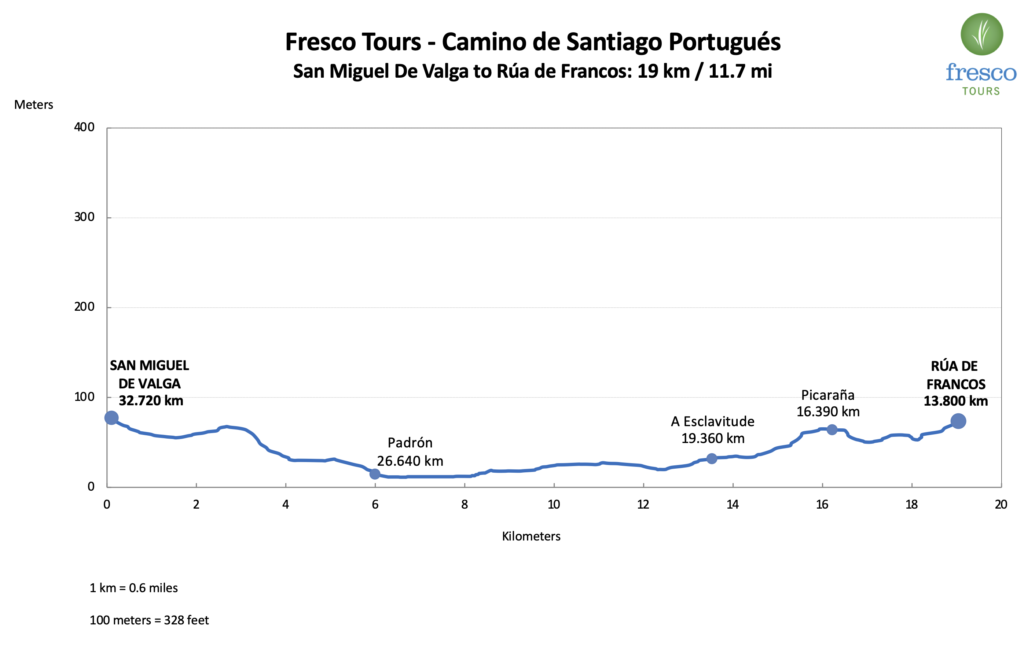After a filling breakfast we will lace up our walking shoes and begin our journey for today, from San Miguel to Rúa de Francos. We depart from San Miguel de Valga and approach Pontecesures where we will cross the bridge over River Ulla and leave the province of Pontevedra, entering the province of A Coruña, the province of Santiago de Compostela! Only a couple miles down the trail from Pontecesures is Padrón, the second most important town on the Camino de Santiago.
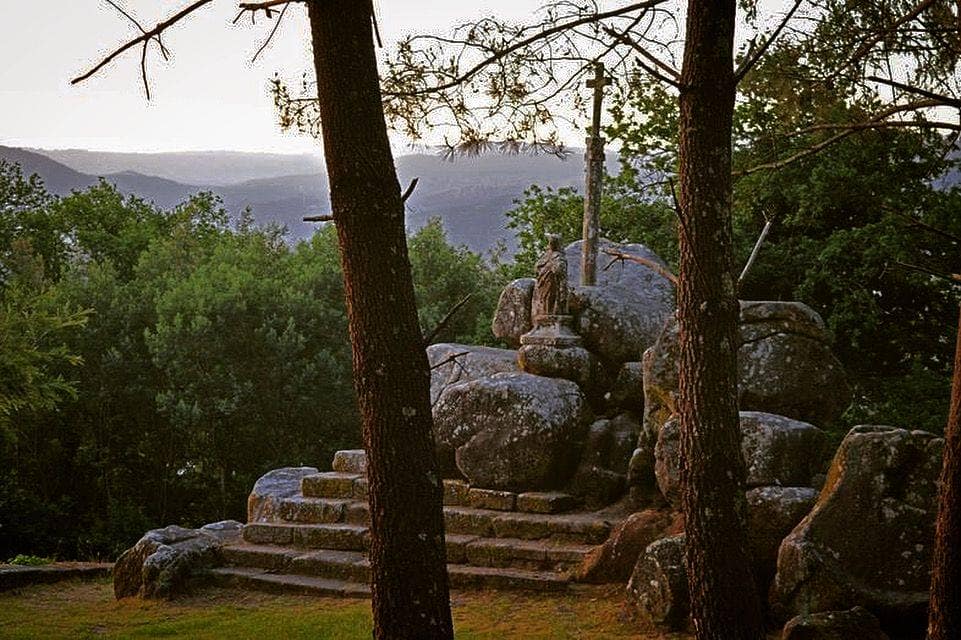
Padrón
For Catholic pilgrims Padrón has a special significance, as this is where they celebrate Santiago in life, where his apostolic mission began and where he preached his first sermons attempting to convert the local pagans. Indeed, a much-overlooked fact is that Santiago arrived twice to Padrón by boat, once alive and once dead. In this manner, 1200 years of pilgrimages to Santiago cemented in Camino tradition has made the celebration of his death and his burial place in Santiago de Compostela the centre of the Santiago story. But it’s here, in Padrón (actually, at next door Iria Flavia to be more precise), where it all began.
The Church of Santiago in Padrón is of special religious significance as it was built over the Pedrón, which is the original cleat that Santiago’s boot was moored to when he arrived to the region. This granite stone was most likely an old Roman milestone The stone can be found under the altar.

Another interesting feature in Padrón are the two statues that flank the promenade that runs by the river into town. Featured are Spain’s last Nobel Literature Prize laureate Camilo José Cela one of the greatest poets in Spanish history, Rosalía de Castro.
Before the end our walk today we will pass by the imposing 19th century Church of Esclavitude. Perhaps the story behind Esclavitude (in English, literally slavery) is a bit more engaging than the town and church themselves. Apparently a very sick pilgrim in the 18th century prayed to the Virgin Mary to cure his sickness and drank from the fountain that is still there in front of the church. The Virgin Mary interceded and he was cured. In gratitude, the pilgrim donated all his worldly possessions to build a sanctuary to the Virgin Mary (a smaller one than the one now) as she had saved him from the slavery of his illness. His literal words were: “¡Gracias, Virxe, que me libraches da escravitude do meu mal!” (Thank you, Virgin, for freeing me from the slavery of my illness!).
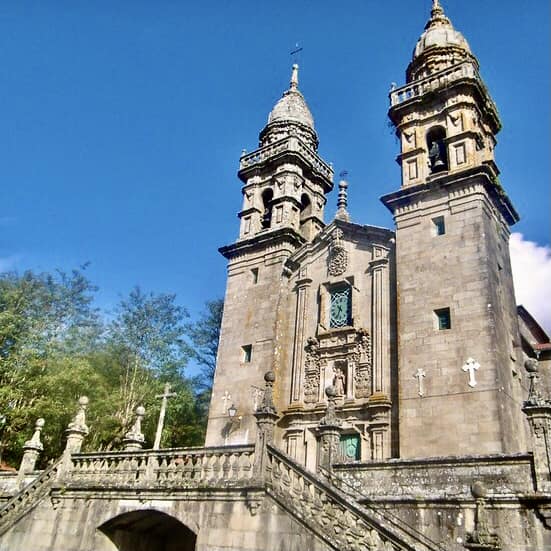
Tonight, we will sit down for a slightly longer evening meeting as our guides explain their favorite things to do and places to visit (and shop!) in Santiago. Finally, we will head to bed as the excitement builds!
Padrón Peppers
Os pementos de Padrón, uns pican e outros non (Padrón peppers, some are hot and others aren’t). And that is exactly what can happen when you eat these addictive delicacies. The good news is that only one in every hundred is hot, at least that’s what the locals say.
Padrón peppers have been grown along the banks of the rivers Ulla and Sar in Padrón since the Jesuits introduced them 400 years ago, and they have now become a signature dish, not only for the local region but for all of Galicia. The small peppers are usually served fried or roasted with a dash of rock salt.
